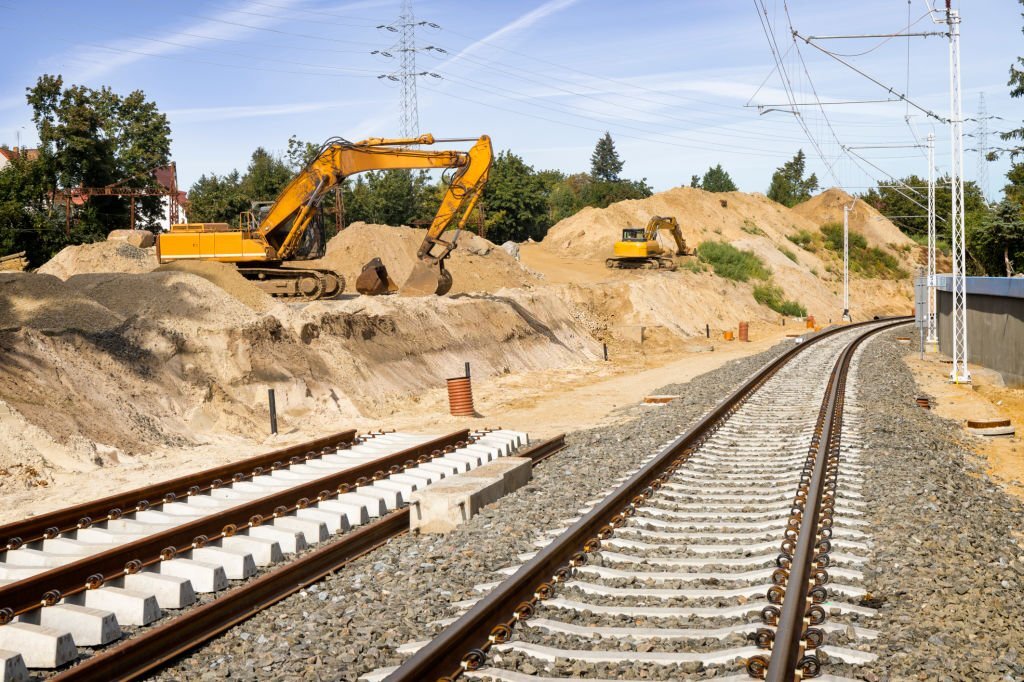
Introduction:
Railway maintenance equipment plays an indispensable role in upholding the safety, efficiency, and reliability of rail networks. However, just like the tracks they maintain, these equipment pieces require meticulous care and maintenance to ensure their consistent performance. This comprehensive article dives into the multifaceted realm of maintaining and servicing railway maintenance equipment, shedding light on the specialized techniques, strategies, and practices that keep these essential tools in peak condition.
The Imperative of Maintaining Railway Maintenance Equipment:
- Equipment Reliability: Well-maintained equipment ensures reliable performance, minimizing downtime and service disruptions.
- Safety Enhancement: Proper maintenance mitigates the risk of accidents and ensures operator and passenger safety.
- Infrastructure Preservation: Regular servicing extends the lifespan of equipment, reducing the need for frequent replacements.
Comprehensive Strategies for Maintaining Railway Maintenance Equipment:
- Scheduled Inspections:
- Routine Checks: Regular inspections identify wear, damage, or potential issues before they escalate.
- Preventive Maintenance: Scheduled checks and preventive maintenance prevent unforeseen breakdowns.
- Lubrication and Fluid Checks:
- Importance of Lubrication: Proper lubrication reduces friction and wear, extending equipment lifespan.
- Fluid Quality Monitoring: Regular fluid checks and replacements optimize performance and prevent contamination.
- Cleaning and Decontamination:
- Removing Debris: Thorough cleaning removes debris, dust, and contaminants that could affect equipment functionality.
- Preventing Corrosion: Proper cleaning prevents rust and corrosion, extending equipment life.
- Component Replacements and Repairs:
- Timely Replacements: Worn-out components are replaced promptly to prevent equipment failures.
- Expert Repairs: Skilled technicians repair components to manufacturer specifications.
- Calibration and Alignment:
Specialized Approaches for Servicing Railway Maintenance Equipment:
- Operator Training:
- Equipment Familiarization: Operators receive comprehensive training on the equipment’s functions, controls, and safety protocols.
- Safe Practices: Training emphasizes safe operation and maintenance procedures.
- Qualified Technicians:
- Expertise Matters: Qualified technicians conduct maintenance and repairs to ensure accurate and effective servicing.
- Manufacturer Guidelines: Technicians adhere to manufacturer guidelines for repairs and component replacements.
- Advanced Diagnostic Tools:
- Diagnostic Systems: Advanced technology diagnoses equipment issues accurately, facilitating targeted repairs.
- Predictive Maintenance: Data analysis predicts maintenance needs, optimizing servicing schedules.
- Integrated Software Solutions:
- Maintenance Software: Software tracks equipment performance, schedules maintenance, and records servicing history.
- Data-Driven Insights: Data analytics provide insights for optimizing maintenance practices.
- Remote Monitoring and Telematics:
- Real-Time Monitoring: Remote systems monitor equipment performance, alerting operators to anomalies.
- Efficient Responses: Remote diagnostics enable quicker troubleshooting and response times.
Challenges and Considerations in Equipment Maintenance:
- Complex Equipment Design:>
- Specialized Training: Complex equipment requires well-trained operators and technicians.
- Sourcing Parts: Unique components may require careful sourcing to ensure compatibility.
- Operational Variability:
- Diverse Environments: Equipment operates in various conditions, demanding versatile maintenance approaches.
- Scheduling Challenges: Finding maintenance windows that align with operational schedules can be challenging.
Future Innovations in Equipment Maintenance:
- Predictive Maintenance Enhancements:
- Advanced Analytics: Improved analytics predict issues more accurately, minimizing downtime.
- IoT Integration:
Conclusion:
The meticulous maintenance and servicing of railway maintenance equipment are critical to ensuring the seamless functioning of rail networks. From routine checks and skilled repairs to embracing advanced technology, a comprehensive approach is essential to uphold the reliability, efficiency, and safety of these crucial tools. As the rail industry continues to evolve, so too will the techniques and strategies employed to maintain and service railway maintenance equipment, ultimately contributing to the sustainable and efficient operation of rail networks around the world.

